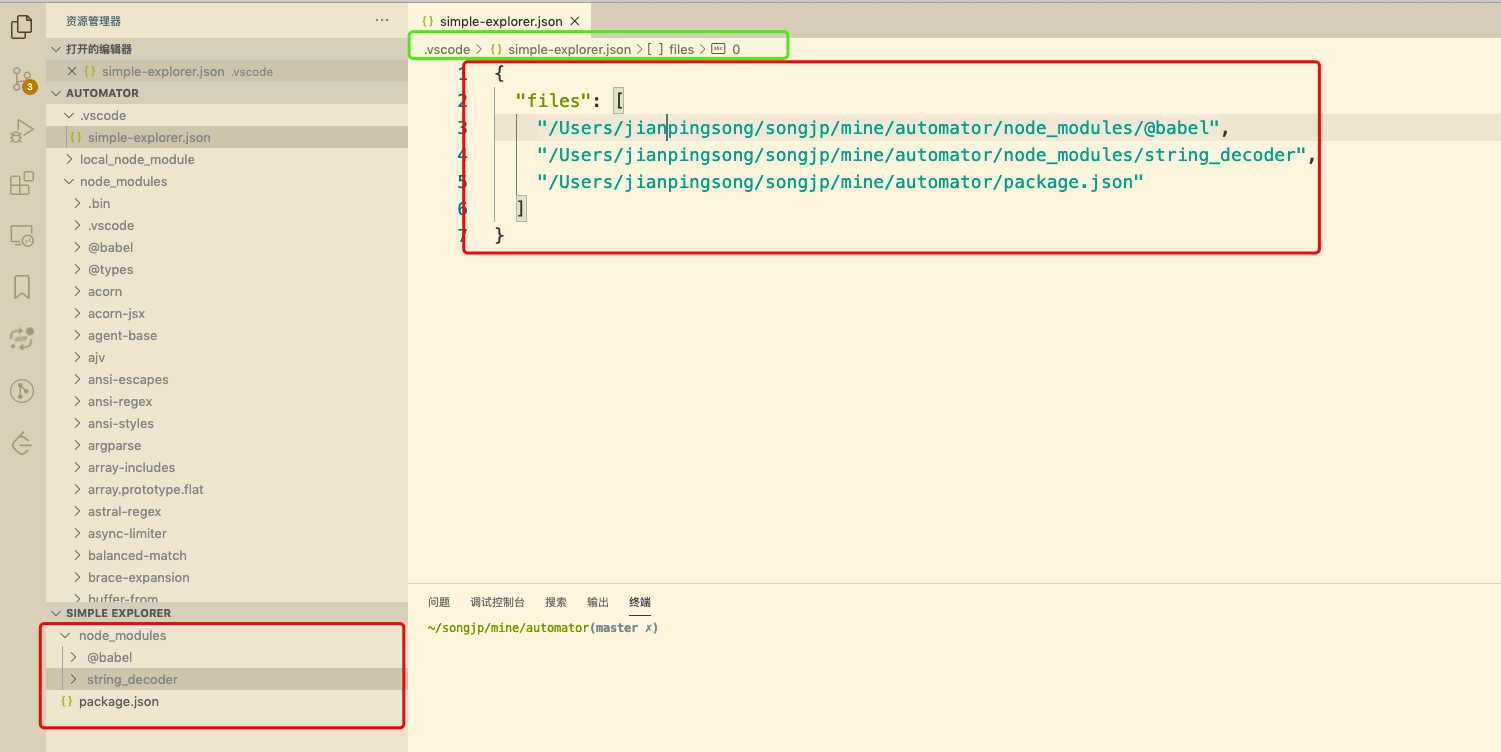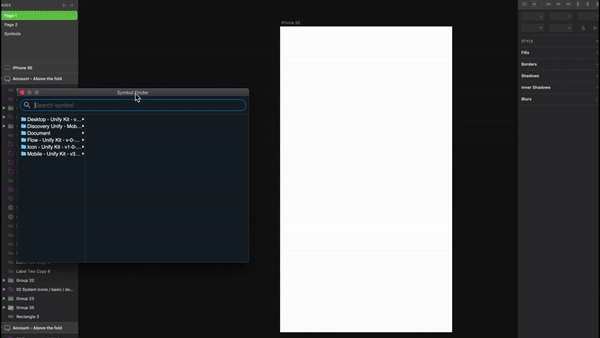

It is, first and foremost, necessary to know what a lockfile is and how it works.

#YARN ZERO INSTALL GITIGNORE FREE#
If you are familiar with how a lockfile works, feel free to skip to "Problem – second look" To understand this issue comprehensively, we first need to learn about the lockfile and how dependencies are installed in a project. Unfortunately, that meant that we weren’t testing what users were using at a given moment. Despite fixing the nested dependency, the issue remained to be unsolved.įortunately, it turned out to be a non-issue on a fresh install of Elements. In short, our app crashed because of a bug in a dependency’s dependency. Problemįor the last few months, I’ve been working at Stoplight, as a part of 11Sigma, on an open-source library called Elements.Īn issue emerged in our library integration that made us challenge our belief that our dependencies are under control.

No developers were harmed during implementation and/or for the purposes of this article. What mistakes we’ve made and how you can avoid themĭisclaimer: Everything mentioned below is based on true events.Why do you need to do lockfile maintenance.This article addresses that problem and focuses on a particular task: lockfile maintenance. There is a high chance unhandled dependencies caused it in your project. It was working fine for you and some of your coworkers/contributors but crashing for everybody else. If you have written a JavaScript library and published it on NPM (Node Package Manager), at some point in its development lifecycle, you have experienced inconsistent behavior, and you didn’t know the root cause. No? Only for me? Well, it might not be fun for many of you, but to keep your library/application working properly, you’ll need to adapt and at least try some of it.
#YARN ZERO INSTALL GITIGNORE CODE#
Other fun things: Testing! Code maintenance! Keeping dependencies in sync!


 0 kommentar(er)
0 kommentar(er)
